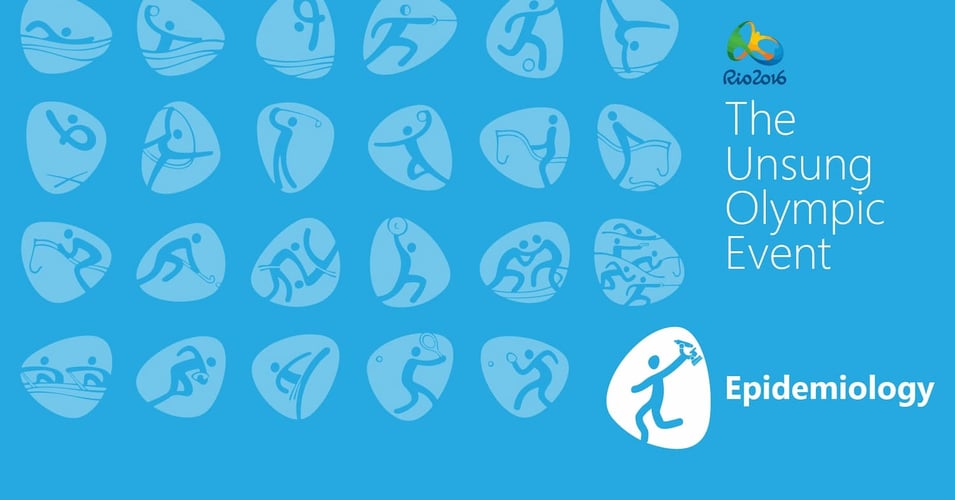2 min read.
Epidemiology: The Unsung Olympic Ecent, Part 2
Millions of global visitors. Packed venues. One city. How is it possible that the Olympics have always had such a clean bill of health for infectious...




